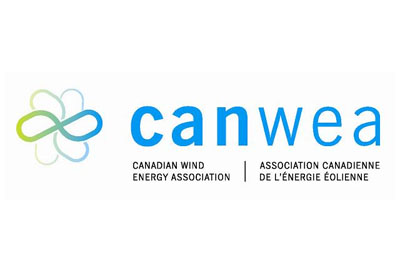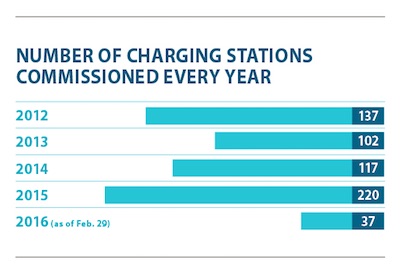Record Investments to Create Clean Economy of the Future

March 8, 2022
Budget 2022 is investing more than ever before to help people and communities make the transition to a cleaner, stronger economy through the CleanBC Roadmap to 2030.
With more than $1.2 billion in new funding for CleanBC, Budget 2022 is accelerating actions to strengthen communities and expand opportunities for clean economic growth. The new funding builds on the $2.3 billion previously committed to CleanBC to reduce emissions across sectors.
To help communities reduce pollution and prepare for impacts of climate change, the Province is launching a new local government climate action program, funded through $76 million over three years, that will provide predictable, flexible funding to meet local needs. This is in addition to record commitments of up to $244 million from the Province and federal government for the CleanBC Communities Fund.
The way people get around is also changing: $30 million is helping local governments build active transportation projects like bike lanes and multi-use pathways. This is in addition to $2.7 billion over the fiscal period in new funding for better public transit, such as the Broadway Subway and free transit for children 12 and under.
Communities are also working hard to end waste and cut pollution: $10 million will be invested in CleanBC Plastics Action Plan projects to divert plastic waste and reduce emissions from landfills as part of a plan to expand B.C.’s circular economy initiative.
People are making the switch to electric vehicles at an increasing rate, with vehicle rebates totalling nearly $250 million, to be funded through the Low Carbon Fuel Standard program. In addition, purchases of used zero-emission vehicles are now PST exempt until 2027.
B.C. is a leader in electric vehicles with 13% of all new light-duty vehicle sales last year being zero emission. As part of the CleanBC Roadmap, 90% of all new light-duty vehicle sales in the province will be zero emission by 2030.
Budget 2022 continues support for businesses facing competitiveness pressures as they decarbonize and move toward a net-zero emissions economy. The Province has committed an additional $310 million to help reduce emissions from industry. This includes support for the internationally recognized and award-winning CleanBC Program for Industry to expand the use of clean technology in industry as well as measures to help reduce methane emissions and help make industrial operations “net zero ready,” often using made-in-B.C. technology.
In the building sector, Budget 2022 continues to make clean, electric heat pumps and home and building energy-efficiency improvements more affordable for people and businesses through $43 million for the CleanBC Better Homes, Better Buildings program. It also removes the PST on purchases of heat pumps and provides additional incentives for people living in rural and northern regions. These changes will come into effect April 1, 2022.
Additional supportive funding has been committed through BC Hydro’s electrification plan, which will make it easier for people and businesses to switch from fossil fuels to made-in-B.C. clean electricity.
Budget 2022 also ensures that B.C.’s clean transition remains affordable for all British Columbians. With $120 million in funding to continue the Climate Action Tax Credit, Budget 2022 is offsetting the impact of carbon taxes to low- and moderate-income individuals and families.
CleanBC funding totals are in addition to climate-related spending on energy efficiency for public-sector buildings, the First Nations Clean Energy Business Fund and the Innovative Clean Energy Fund.
Budget 2022 makes the choices needed to build a stronger B.C. by investing in the province’s economic, environmental and social strength to make life healthier and more affordable for people now and in the years ahead.
To learn more about Budget 2022, visit: www.bcbudget.gov.bc.ca/2022
To learn more about the CleanBC Roadmap to 2030, visit: www.cleanbc.ca










![Guide to the Canadian Electrical Code, Part 1[i], 26th Edition – A Road Map: Section 10 – Grounding and Bonding](https://electricalindustry.ca/wp-content/uploads/2022/11/Guide-CE-Code-2.png)





